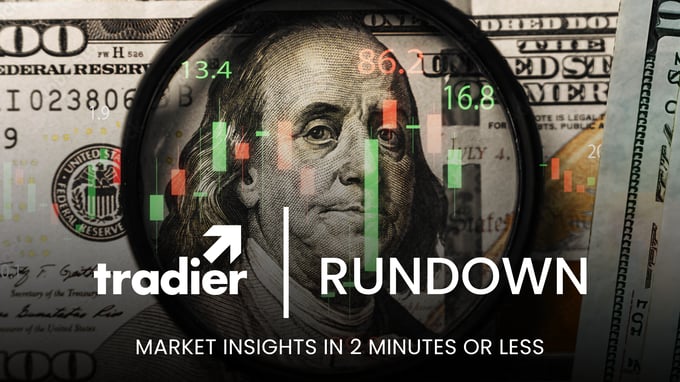
The United States dollar has been the world’s reserve currency since the end of World War II. The dollar replaced the British pound as the dominant world foreign exchange instrument. Reserve currencies have two significant characteristics. Politically stable countries issue them, and they are fully convertible to other foreign exchange instruments. Central banks worldwide hold dollars and other reserve currencies as reserves. They also own gold as an integral part of foreign currency reserves because of the precious metal’s long history as a means of exchange.
In February 2022, a handshake between Chinese President Xi and Russian President Putin caused a bifurcation of the world’s nuclear powers. Russia invaded Ukraine less than one month later, and Chinese reunification plans for Taiwan have caused tensions to increase. Markets reflect the economic and geopolitical landscapes.
Sanctions on Russia, retaliation for those sanctions, and Chinese support for Moscow have caused China to work with BRICS countries for alternatives to the U.S. currency for settling cross-border transactions. The BRICS countries include Brazil, Russia, India, China, South Africa, and their allies. As the BRICS represent a massive percentage of the world’s population and landmass, a BRICS currency could topple the dollar’s position in the worldwide financial markets. The U.S. dollar index measures the U.S. dollar against the euro, pound, Japanese yen, Canadian dollar, Swedish krona, and Swiss franc. The index does not reflect the dollar’s value against BRICS foreign exchange instruments.
A BRICS currency is on the horizon
- On July 20, a South Africa’s senior BRICS diplomat said a BRICS currency is not on the bloc’s agenda in August, but the members will “continue to switch away from the U.S. dollar.”
- An eventual BRICS currency could “shake the dollar’s dominance.”
- Twenty-two countries have formally applied for BRICS membership.
- China leads the BRICS bloc because it is the world’s second-leading economy. China will likely take a slow approach to a BRICS currency, ensuring it will successfully challenge the U.S. dollar.
- While the new FX instrument may not be on the immediate horizon, world events and the bifurcation of nuclear powers support an eventual BRICS currency for cross-border transactions, immune to U.S. and European sanctions.
Fiat currencies versus a gold-backed instrument
- China and Russia have accumulated gold over the past years, increasing strategic holdings.
- Gold is the world’s oldest means of exchange.
- A BRICS currency with gold-backing would provide confidence as worldwide central banks own gold as an integral part of their foreign exchange reserves.
- The U.S. dollar, and the other reserve currencies that are dollar index components, are fiat currencies that derive value only from the full faith and credit of the countries that issues the legal tender.
- Gold versus faith and credit of debtor countries could cause a BRICS currency to unseat the U.S. dollar.
De-dollarization is a significant event
- Since the end of WW II, the U.S. dollar has dominated cross-border transactions.
- The dollar is the benchmark pricing mechanism for most commodity prices. Commodities are global assets.
- With China nipping on the U.S.’s heels for an economic leadership position, de-dollarization is a strategic route for China to move into the lead and leave the U.S. in the dust.
- India’s growth could threaten the U.S.’s position in the world’s economic hierarchy.
- S. and European sanctions are causing countries worldwide to seek currency alternatives, not subject to sanctions.
The dollar index has been slipping
- The U.S. dollar index reached a two-decade high in September 2022 at 114.745.
- Rising U.S. interest rates and global turmoil supported the gains in the dollar index, which has been a flight-to-quality asset for decades.
- The index ran out of bullish steam, and last week, it probed below the 100 level for the first time since April 2022.
- The index’s trend is bearish in July 2023.
The index may not have the same relevance in the coming years
- A BRICS currency, or broader acceptance of the Chinese yuan, will challenge the U.S. dollar’s dominant role.
- The dollar index’s relevance is a function of the currency’s position as the world’s reserve currency.
- If the dollar becomes a minority foreign exchange instrument, the index will have less significance over the coming years.
- As the dollar’s role slips, the dollar index could become nothing more than a multiple pairs trading instrument without the current benchmark significance.
Thanks for reading, and stay tuned for the next edition of the Tradier Rundown!